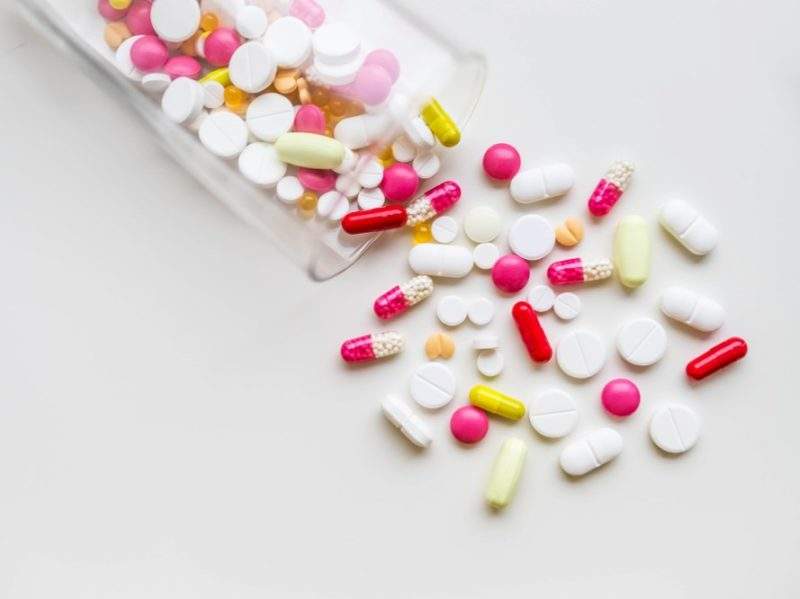Recently, a team of researchers from the University of Nottingham’s School of Chemistry has found a new method that uses visible light to alter bioactive molecules on the basis of structure in the chemical reaction. This sustainable method is definitely anticipated to produce or design new medicines in comparison to the conventional methods. The research team are trying to create new means for developing chemicals by using the green and infinite energy of light. The use of visible light in the chemical methodologies will help lower the use of heavy metals and toxic reagents in the long run. The latest study published in Nature Chemistry focuses on the use of visible light to activate conjunctive olefination.
Generally, the development of new drugs or agrochemicals requires a lot of time and investigation before finding the correct structural analogues that enhance the chemical properties or any specific bioactivity. The late-stage functionalization is the process through which the chemists usually gain access to the analogues by bringing about modifications in the intricate bioactive molecules. The idea of accessing the complete analogues through traditional methods is next to impossible as a lot of toxic & expensive chemicals or catalysts along with longer duration comes into play. Thus, the researchers have been using heavy metals or toxic chemicals to develop new drugs. It is clear that late-stage functionalization could prove to be an effective tool at the time of drug designing or development owing to its sustainable and practical approach.
The latest approach will help explore the new structures and thereby, increase their potential application for designing or producing new molecules. According to lead researcher Dr Mattia Silvi, the discovery of the latest fundamental approach will help bring about structural modification in bioactive molecules. The current focus is on using energy of visible light, a sustainable method, instead of chemicals or heavy metals to design new derivatives. The research team hopes that their latest study will help the scientists design and produce newer analogues of the bioactive molecules, offering a new tool for future drug development. This research is projected to pave way for sustainable chemistry.

